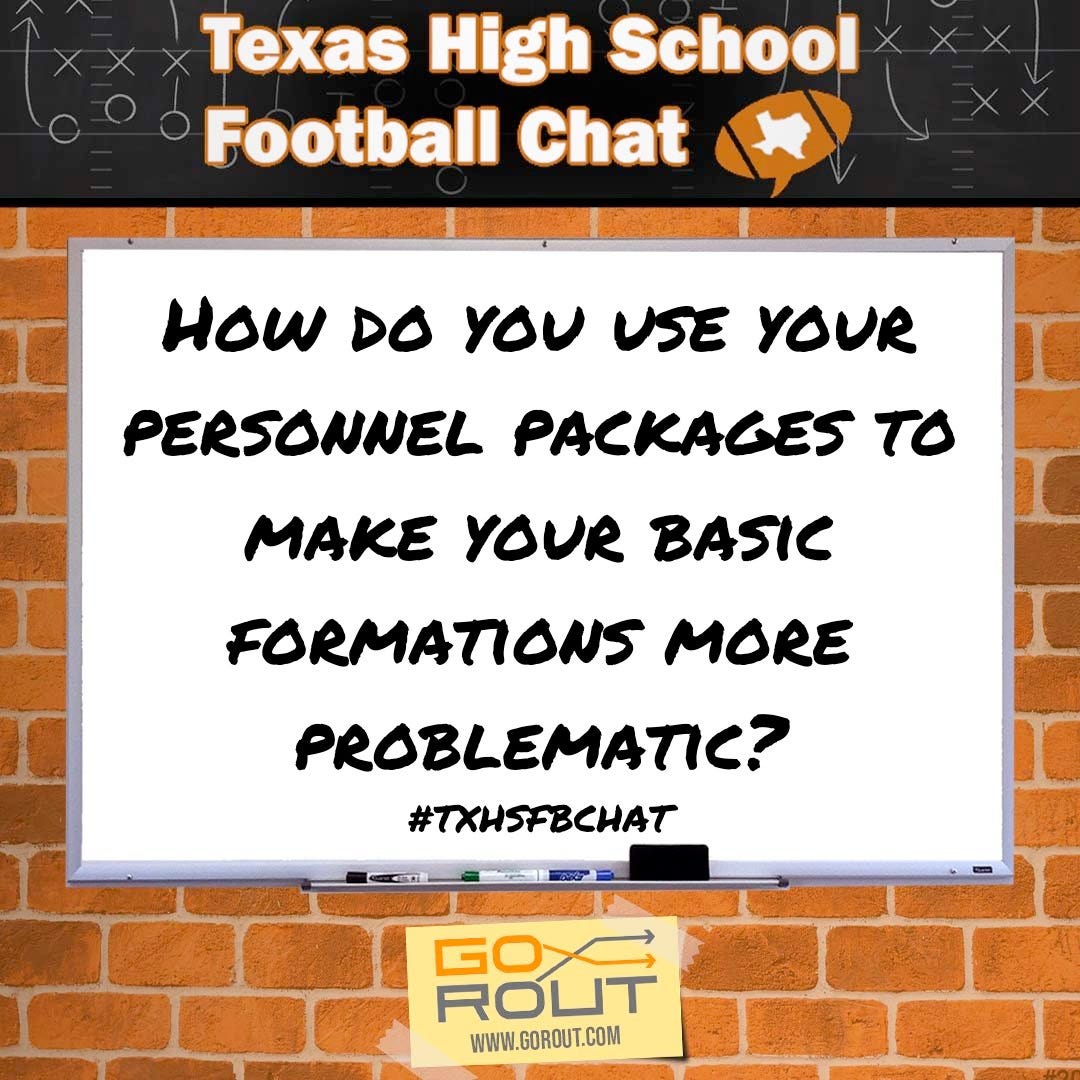Every football season comes to an end. Football ends with the biggest celebration of the spectacle and the sport like no other. The Super Bowl captivates an entire world of people as two teams that the vast majority of fans have minimal interest in.
Yet we watch.
We watch for a variety of reasons, young fans and old. No matter what people say is the focus, it would not happen if it wasn’t for football.
Football is the reason we will be tuned in today. Football is the reason we plan out the entire day of food and festivities, or even just household chores so we can be done in time for the introductions, anthem, and the kickoff.
As a coach, today is a match up of two brilliant offensive minds and leaders of men. Both are branches off of the West Coast Offense tree, each molding and adapting their teams to new skills and abilities of their current players. Each strategizing how to use formations and personnel to create advantages and find mismatches against the defense.
Coaches will be watching. Some will be analyzing each call, some will be padding plays, and some will be on the edge of their seat as their favorite team attempts to add to their collection of championships.
I have no dog in this fight, so I will be relaxed and enjoying the entire evening for what it is. The single greatest end to the season of any sport. And I’ll be watching the way each OL plays.
Last week the #TXHSFBCHAT topic covered Formations and Personnel Packages. Formation football is one of my favorite subsets of football (which is why I’ll be focusing on the 49ers tonight because I like the way they use formations). In a world where most offenses are running the same plays, formations and personnel make a big difference in the attack. I remember learning about the flex bone from a good friend of mine and he talked about how his primary approach was to find the formation that gave them the front they needed to make easier reads.
As an OL coach, I look at fronts in a similar fashion. I want to use formations to manipulate the front in order to find the best bubble to run the ball into, and to make pass protection easier to execute.
Something that stood out to me this week was the lack of response to this question:
Everybody uses doubles and trips in the spread series. Every defense can line up and defend these in their base defense. So what are offensive coaches doing to make doubles and trips more problematic?
The answer lies somewhere in the way we use personnel. How we move our players around and create physical and talent mismatches will open up opportunities and make predictable sets more unpredictable. Being able to use your 21 personnel in your 10 series formations opens up run and pass concepts out of these base formations. The same goes for using your 10 series personnel in your 21 and 20 series formations creates mismatches and more opportunities for your playmakers to get touches.
With so many similarities in offensive playbooks, our personnel use is the difference maker in today’s game.
I would love to hear how you use personnel in this way. What are you doing to create these mismatches and find advantages in your favor?
Thanks so much for reading! If you enjoy these newsletters, I would greatly appreciate it if you share them with others who may also receive value from these topics!




